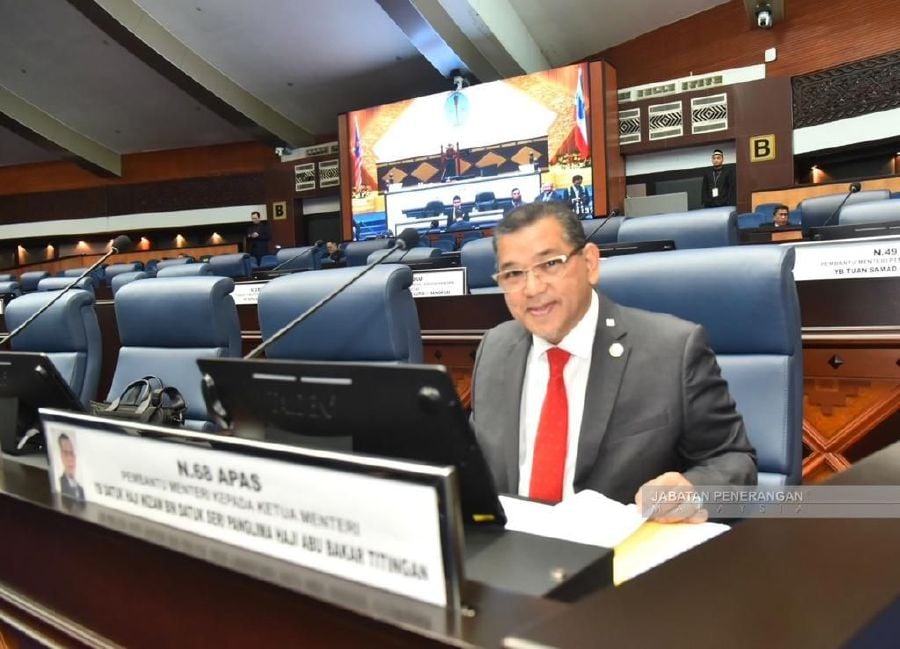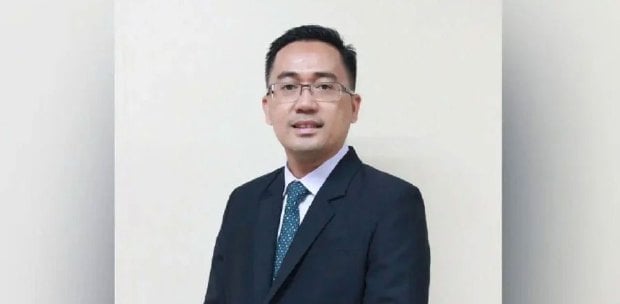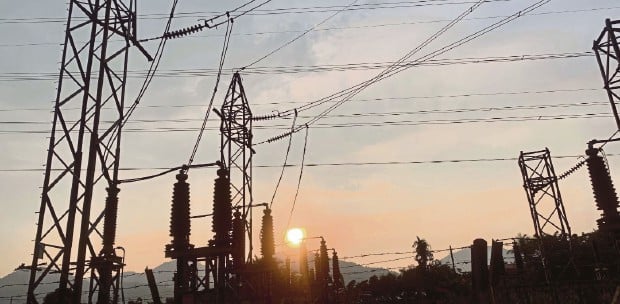KOTA KINABALU: Sabah has approved the Power Development Plan (PDP) to cater to consumers' electricity needs.
Assistant minister to Chief Minister Datuk Nizam Abu Bakar Titingan said the decision was made following an Electricity Supply and Tariff Planning and Implementation committee meeting on June 12.
The joint meeting was chaired by Sabah Chief Minister and Natural Resources, Environment and Climate Change Minister.
He said the plan had taken into consideration organic growth due to the increase of domestic consumers and small-scale, as well as the large industries.
Nizam added the plan involved immediate, medium and long-term phases from this year up to after 2030.
"For the immediate solutions phase for 2023 until 2025, it will achieve generation spare capacity to a stable level which is 30 per cent.
"In other words, the reserve generation will be more than 30 per cent (about 300 MW) as compared to the Sabah grid maximum load which has reached almost 1,100 MW.
"For this purpose, several fast-track projects have been decided which include the renting of powership projects with a capacity of 224 that are operating at the east coast of Sabah by year end.
"Meanwhile, there are various ongoing mitigation actions to increase the reliability of existing power plants," he said during the state assembly sitting's question-and-answer session.
He was answering a question by Dr Daud Yusof (Warisan-Bongawan) on Sabah's direction on increasing electricity generation.
For the medium term, which is between 2026 and 2030, Nizam said the phase would increase the capacity by 400MW from hydro and 100MW from solar.
In addition, he stated that there were plans for a 275 kV primary transmission line that would connect the Sabah and Sarawak grids, as well as the Southern Link transmission line project connecting Sipitang and Tawau.
The long-term solution phase which will happen after 2030 would enhance hydroelectric potential in the state of Sabah through the outcomes of the ongoing Hydro Development Plan study conducted by the Energy Commission of Sabah (ECoS).
"In addition, exploration into new technologies and sources of generation will also be carried out, such as geothermal, wind, hydrogen, and battery energy storage systems (BESS).
"Plans for interconnection of transmission lines between Sabah and North Kalimantan will also be explored based on the feasibility study to be conducted this year."





